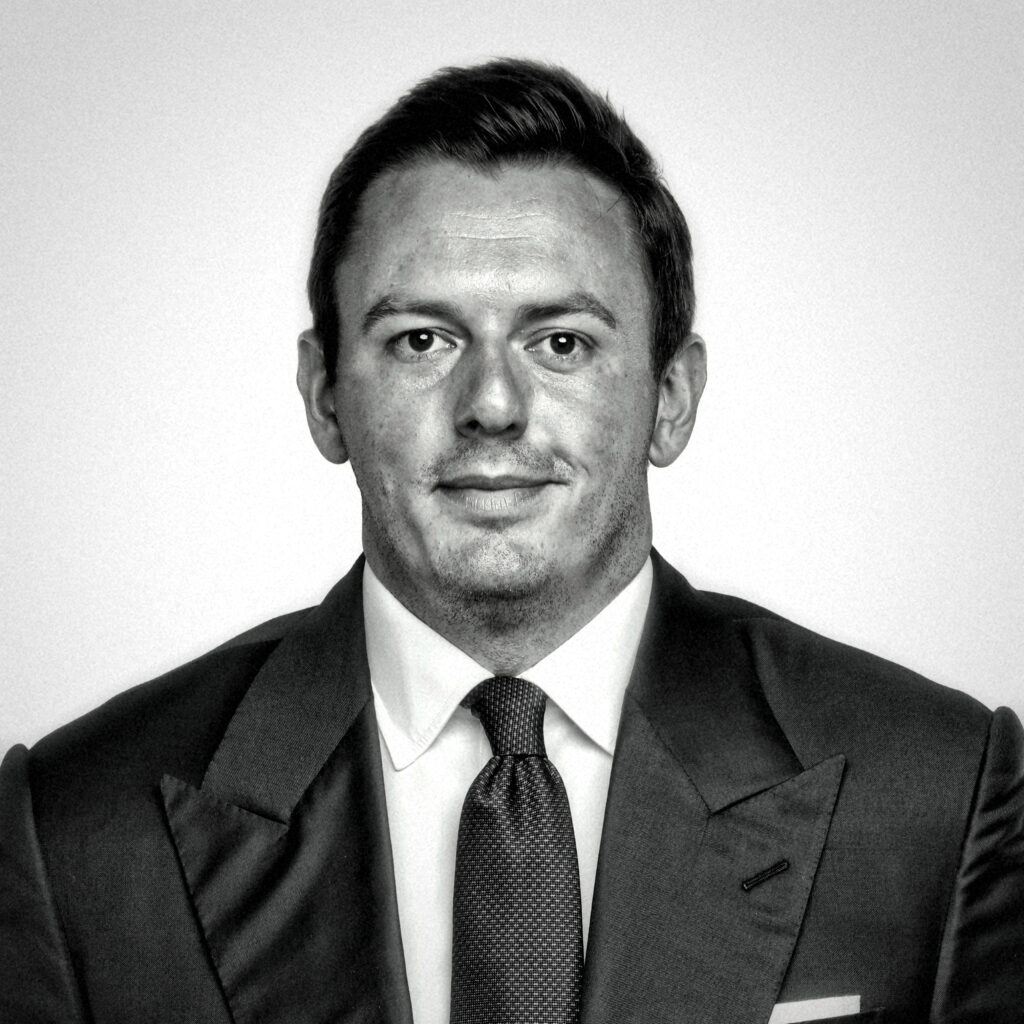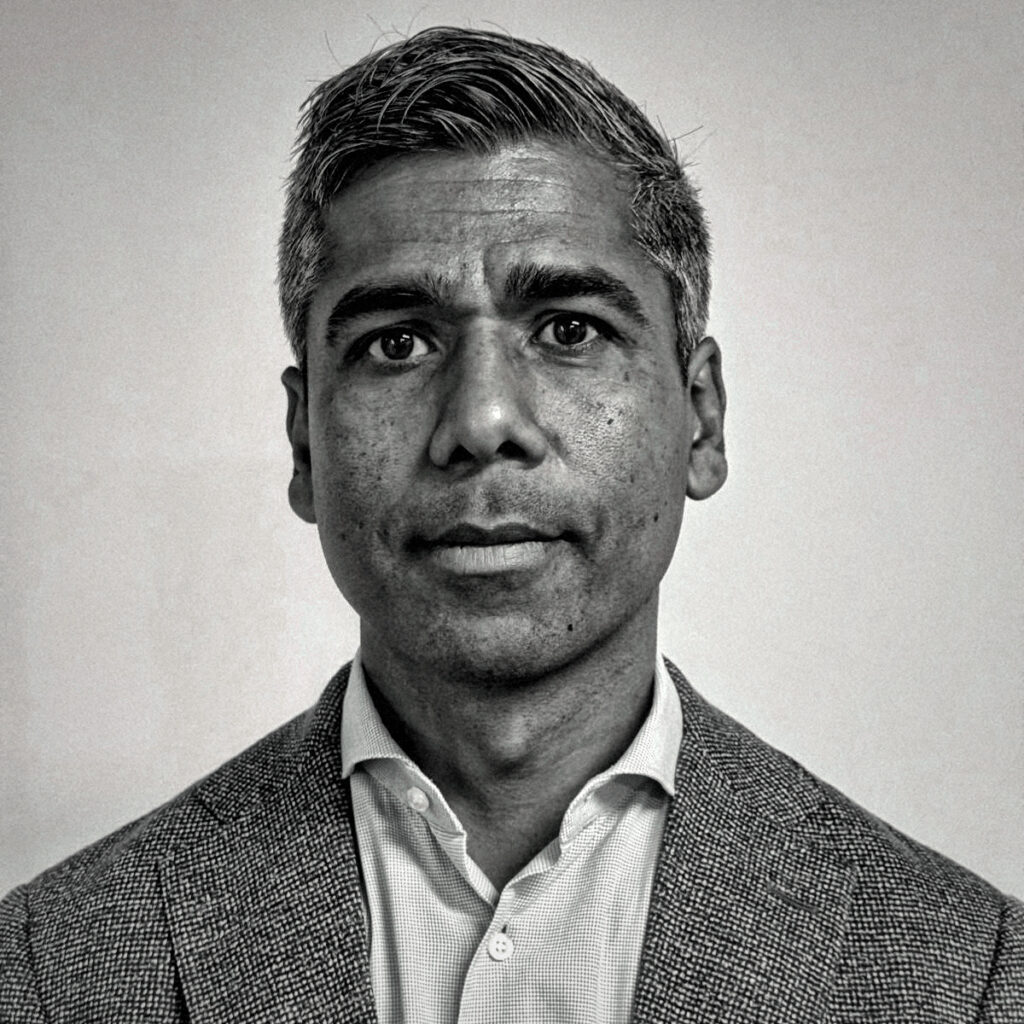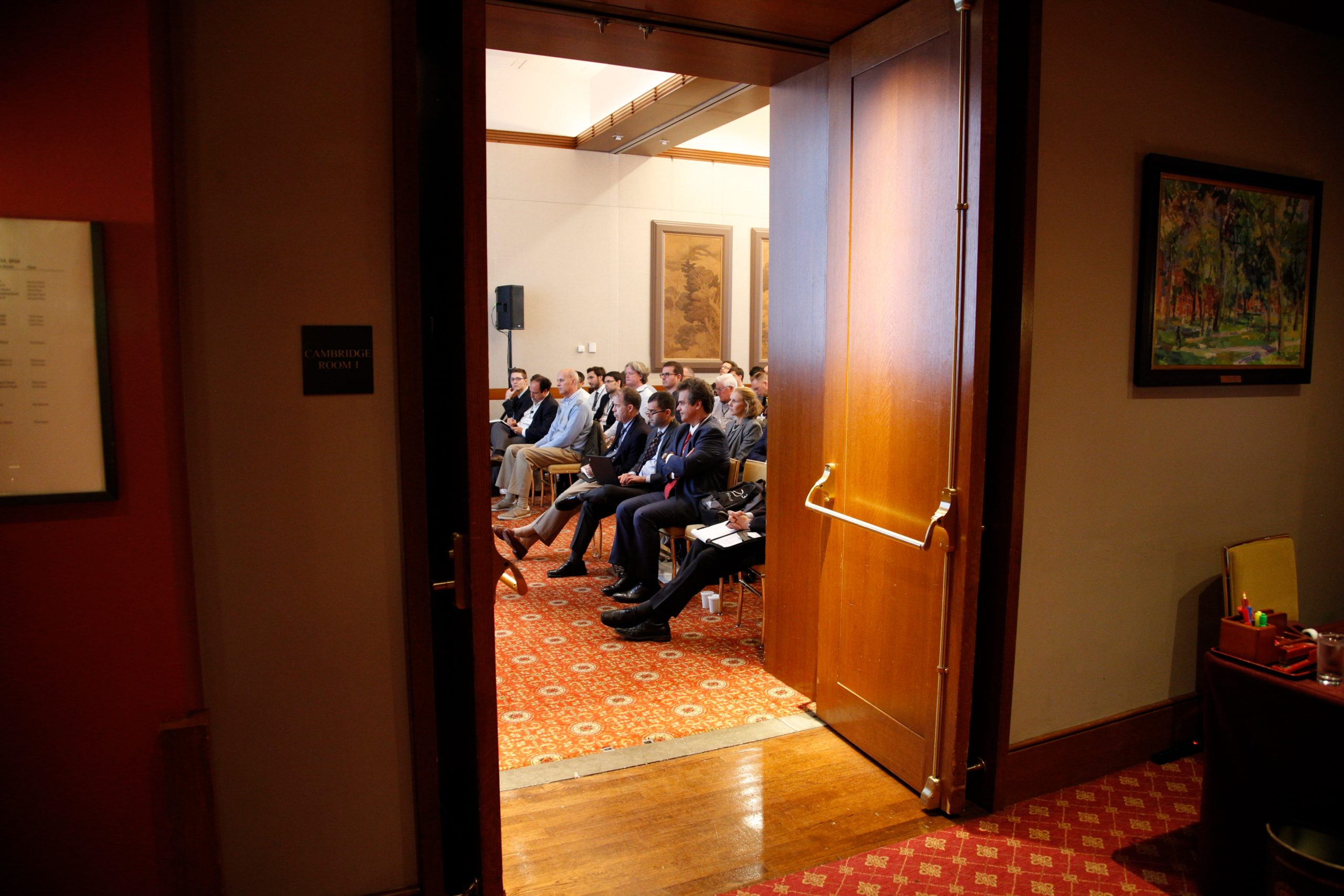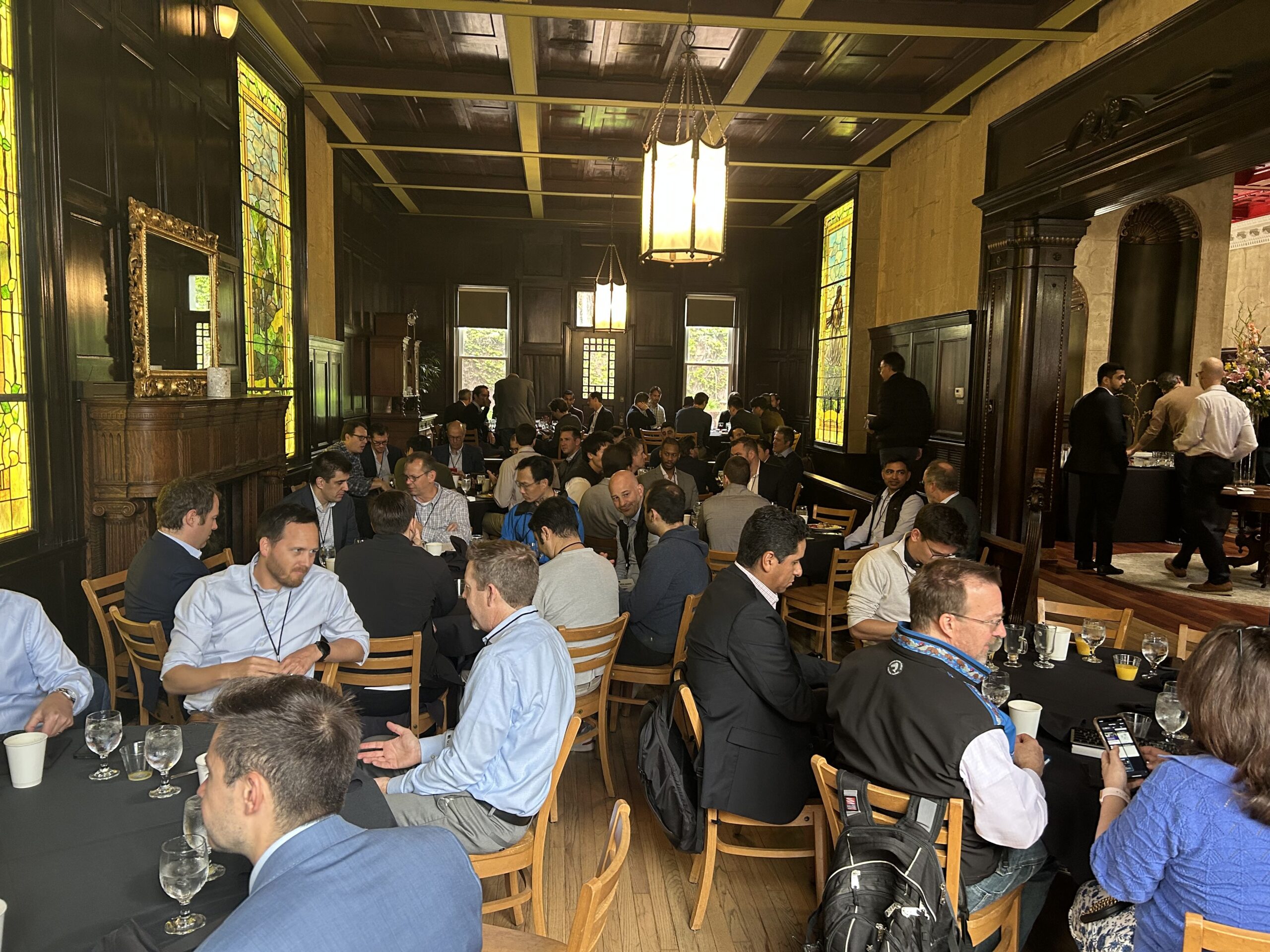Jim Weber discussed his book, Running with Purpose: How Brooks Outpaced Goliath Competitors to Lead the Pack, at MOI Global’s Meet-the-Author Forum.
Jim serves as CEO of Brooks, a subsidiary of Berkshire Hathaway. Says Warren Buffett, “Jim’s passionate story will inspire you just as it inspired me in 2012 to recognize that he would make Brooks a stand-alone star at Berkshire.”
Research director Alex Gilchrist hosts MOI Global’s Meet-the-Author Forum. The event brings together members and a select group of book authors in the pursuit of worldly wisdom. We are delighted to have an opportunity to inspire your reading.
The full session is available exclusively to members of MOI Global.
Members, log in below to access the full session.
Not a member?
Thank you for your interest. Please note that MOI Global is closed to new members at this time. If you would like to join the waiting list, complete the following form:
About the book:
Running with Purpose is a leadership memoir with insights, inspirational stories, and tangible takeaways for current and aspiring leaders, entrepreneurs, and the 150+ million runners worldwide and those in the broader running community who continually invest in themselves. This leadership memoir starts with Jim Weber’s seventh-grade dream to run a successful company that delivered something people passionately valued. Fast forward to 2001, Jim became the CEO of Brooks and, as the struggling brand’s fourth CEO in two years, he faced strong headwinds. A lifelong competitor, Jim devised a one-page strategy that he believed would not only save the company but would also lay the foundation for Brooks to become a leading brand in the athletic, fitness, and outdoor categories. To succeed, he had to get his team to first believe it was possible and then employ the conviction, fortitude, and constancy of purpose to outperform larger brands. Brooks’ success was validated when Warren Buffett made it a standalone Berkshire Hathaway subsidiary in 2012.
About the author:
Jim Weber joined Brooks Running Company as CEO in 2001 and is credited for the Seattle-based running company’s aggressive turnaround story. The business and brand success caught the attention of Warren Buffett, who declared Brooks a standalone subsidiary company of Berkshire Hathaway Inc. in 2012. Weber’s professional journey includes leadership roles for several consumer product brands such as chairman and CEO of Sims Sports, president of O’Brien International, vice president of The Coleman Company, and various roles with The Pillsbury Company. Weber was also managing director of U.S. Bancorp Piper Jaffray Seattle Investment Banking practice and a commercial banking officer at Norwest Bank Minneapolis (now Wells Fargo). He received a bachelor’s degree from the University of Minnesota’s Carlson School of Management and a Master of Business Administration degree with high distinction from the Tuck School of Business at Dartmouth College.













